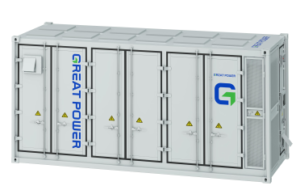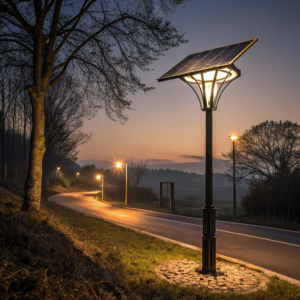Improving Solar Panel Efficiency: Cutting-Edge Technologies vs. Real-World Economics
•
Have you noticed your neighbor's solar panels producing more energy than yours despite similar sizes? The efficiency gap comes down to three revolutionary technologies changing solar power economics.
Modern commercial solar panels now achieve 18-22% efficiency through PERC technology and bifacial designs, while lab prototypes using perovskites reach 47%, but the $0.30/W premium for high-efficiency modules makes mid-range options the smart choice for most homeowners.
With global solar capacity expected to triple by 2030, understanding these efficiency breakthroughs helps consumers make informed decisions about their renewable energy investments.
The PERC Revolution: How Back-Contact Cells Boost Performance
Why are Tier-1 manufacturers like Longi and JinkoSolar switching wholesale to PERC technology? This subtle engineering change delivers disproportionate gains.
Passivated Emitter and Rear Contact (PERC) cells add a dielectric layer to traditional monocrystalline panels, reflecting escaping electrons back into the cell to achieve 22.5% efficiency - a 10% absolute gain over standard panels while only increasing costs 8-10%.
PERC vs Standard Mono-Si: Performance Breakdown
| Parameter | Standard Mono-Si | PERC Cell | Improvement |
|---|---|---|---|
| Avg. Efficiency | 19% | 22.5% | +3.5% absolute |
| Temperature Coefficient | -0.45%/°C | -0.35%/°C | 22% better heat tolerance |
| Bifacial Compatible? | No | Yes | Additional 15-25% yield potential |
| 25-Year Degradation | 0.7%/year | 0.5%/year | 29% slower aging |
Real-world example: A 10kW PERC system in Phoenix produces ~600kWh more annually than conventional panels while occupying the same roof space.
Perovskite Tandem Cells: The Next Quantum Leap
Why is the Department of Energy investing $40M in perovskite solar research? These crystalline structures could disrupt silicon's dominance.
Perovskite-silicon tandem cells stack a thin perovskite layer (capturing blue light) atop silicon (capturing red light), achieving 32.5% efficiency in NREL-certified tests - nearly double today's commercial panels.
The Perovskite Timeline to Commercialization
-
Current Status (2024)
- Lab records: 32.5% efficiency (Oxford PV)
- Pilot production: 27.6% efficiency (Microquanta Semiconductor)
- Key challenge: <5,000-hour outdoor stability (vs 25,000+ for silicon)
-
Near-Term Projections (2025-2027)
- First commercial residential modules
- Target $0.25/W manufacturing cost
- 20-year warranty feasibility
-
Long-Term Outlook (2030+)
- Potential 35%+ efficiency
- Building-integrated transparent PV
- Flexible roll-to-roll manufacturing
Investor Note: BloombergNEF predicts perovskites will capture 30% of the premium solar market by 2032 as durability improves.
Bifacial Solar: When 30° Tilt Angles Outperform Trackers
Can fixed-tilt systems compete with solar trackers? Advanced bifacial designs are rewriting the rules.
Modern bifacial modules with 30-35° tilt over reflective surfaces yield 90% of single-axis tracker output at 60% lower maintenance costs, proving particularly effective for commercial rooftops and carport installations.
Bifacial Design Optimization Guide
1. Ground Surface Selection Guide
- White thermoplastic polyolefin (TPO) roofing: 80% albedo (+17% yield)
- Crushed limestone: 55% (+12%)
- Green grass: 25% (+5-8%)
| 2. Economic Sweet Spots | System Size | Bifacial Premium | Payback Period |
|---|---|---|---|
| <10kW residential | $0.15/W | 7-9 years | |
| 50kW commercial | $0.08/W | 4-6 years | |
| 1MW utility-scale | $0.05/W | 2.5-4 years |
3. Installation Best Practices
- Minimum 3' ground clearance
- Anti-reflective coated glass
- 150% oversizing of inverters
- East-west configurations for better morning/afternoon production
Case Study: A Minnesota school district installed 560kW of bifacial carports that outperform standard panels by 21% annually due to snow reflection.
Conclusion: The Efficiency-Cost Sweet Spot
Most homeowners should choose panels in the 20-22% efficiency range (PERC or TOPCon) at $0.20-$0.25/W premium - balancing performance with reasonable payback periods. Early adopters can consider bifacial options where reflective surfaces exist, while perovskite panels may become viable post-2026 as durability improves.








